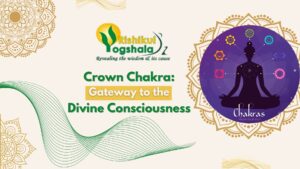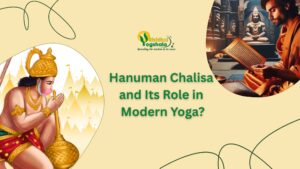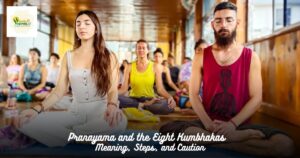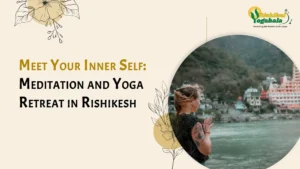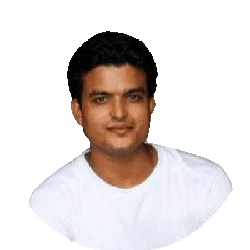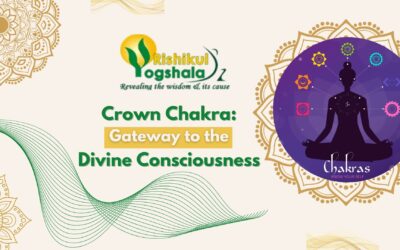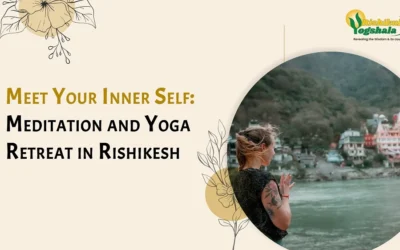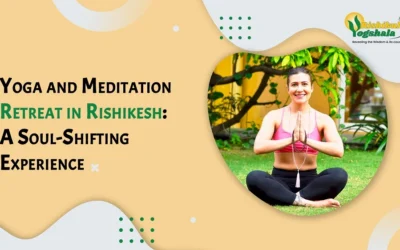What is Bakasana?
The name Bakāsana is derived from the Sanskrit words Baka, which means “Crow”, and asana, which means “pose“. Bakasana resembles the stance of a crow in its final pose.
From ancient times, birds have been a source of inspiration to us. The crow is the bird that brings the power of foresight to those who work with it. Crows are known to build their nests in very tall trees. Doing so, they can get a better vision or perspective on the rest of their surroundings.
Human beings were keen to learn to fly and build homes on top of trees. These aspirations were fulfilled by observing these birds. Even to this date, there are numerous technologies that are being developed by mimicking them, all the way from shock-absorbing mechanisms inspired by the woodpeckers to the bullet train nose caps that were created by observing the kingfishers. Yogis, too, have keenly noticed many such characters from birds that could be incorporated into the asanas. They created postures that were based on extraordinary birds that enabled us to gain numerous benefits from the regular practice.
Power of Crow
Physical Power
Surprisingly, a life span of 14-20 years positions the crow as among the longest-living birds. This might have urged yogis to get inspired and understand more about their longevity. A crow even has a strong digestive system. They can feed off almost anything and not have any issues digesting the meal. The brain-to-body weight ratio of crows is equivalent to that of a chimpanzee, and amazingly, not that far away from a human. Another very important element to Crow is their voice.
This bird uses its voice to warn other members of its group, even those far away. In this sense, Crow gives us spirit – the gift of watchfulness, both physical and psychic, and the ability to protect those whom you love as a result.
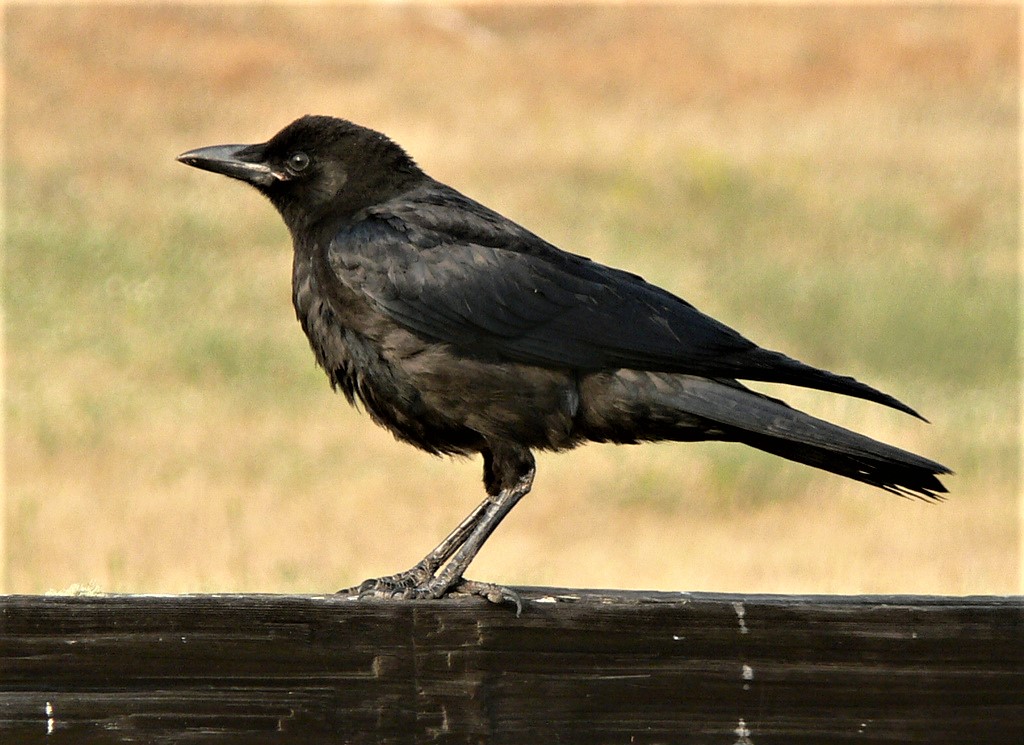
Mental Power
Crow teaches us to recognise our own self-worth and how to see profound truths, no matter how harsh. Crows possess a highly developed forebrain, a part from where intelligence is regulated. A crow’s intellect is observed by its usage of tools. They swallow small pebbles and stones after choosing them carefully, looking at the shape and size. These stones remaining within their gizzards make it easier and take two steps further to digest a meal by grinding the bits that are tough to break down.
In fact, sharpness and reasoning are the crow’s key traits. They are excellent at logic and are masters of decoding situations that might be of potential gain or danger to them. Bakasana too affects the body similarly, stimulating and increasing our intellect and mental acuity, which improves our mind to perceive more, look further, and think clearly to understand any situation.
Psychic Power
Absorbing the spirit of Crow, they carry the energy of life mysteries and the power for deep inner transformation. A crow’s cognitive capabilities are severely undermined by many of us. They can sense danger by foresight. In many cases, they have even predicted natural disasters and events that cannot be decoded by normal eyes. A Crow is generally believed to possess one of the most intuitive minds. There are numerous folktales and lore that have shown their keenness and capability of reasoning.
Crows also have an excellent memory; in fact, they can remember in detail where they have hidden food even after moving it multiple times. Many even remember the faces of people who have harmed or bothered them. They also have a nervous system that functions extremely efficiently. Their great reasoning, without the presence of a neocortex, which is crucial to sight and hearing in most animals, can function quite remarkably. It means only one thing: their nervous network has developed in a radically different manner, which, if mimicked, can aid in the strengthening of our systems too.
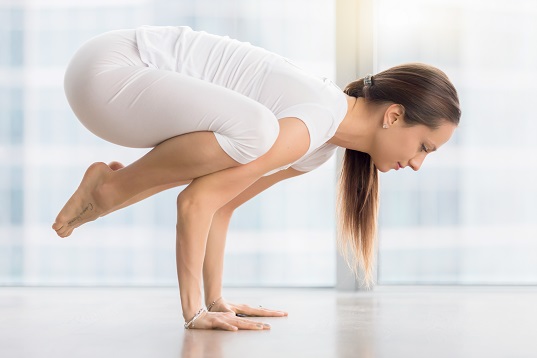
How To Do The Bakasana
Overview & Steps
- Widely stretch the fingers of your hands and place the palms on the floor right in front of your feet.
- Point your fingers forward and keep your elbows slightly bent.
- Lean forward a little and bring the knees as close to the armpits as you can.
- Transfer your body weight to your arms completely, with your toes still on the floor.
- Now, gently press your knees against the arms and slowly lift your big toes off the floor.
- Raise your buttocks a little and balance the body completely on your arms.
- Lift your head, lengthen your neck.
- Look straight to focus your gaze on a fixed point.
- Once you have balanced yourself completely, move your feet closer and bring the inner edges of your feet together.
- Breathe normally and hold the position for 5 to 15 breaths.
- Once you are done, lower your feet to the floor. Relax the body by taking slow and deep breaths.
Safety & Precautions To Prevent Injuries
- Set a pile of blankets or a pillow in front of you. If you topple forward, you will land on something soft.
- Lift one leg at a time until you have built up strength and confidence to lift both feet together.
- Spread your fingers wide and distribute your weight evenly across both palms and all fingers.
- If your wrists hurt, shift more weight into your fingers. Curl your fingertips slightly and dig into the mat.
- Tuck in tightly! Keep your heels and buttocks drawn close together.
- Keep your spine rounded.
- Look forward as much as you can without compressing your neck. Looking back at your heels will cause you to topple over.
- Keep your abdominal muscles drawing in and up.
- Keep your elbows tucked in towards your body — do not let them open to the sides.
- Straighten your arms as much as you can.
Anatomy Of Bakasana
In all the bird poses (crow, eagle, rooster, peacock, etc.), common factors are flexion of the thoracic spine, abduction of the scapulae, and extension of the cervical spine. These actions require precision and strength in the muscles of the spine to achieve cervical extension without engaging the trapezius, which interferes with the action of the scapulae and arms.
Although the knees initially widen to come into this position, the final action of the legs is adduction, to hug the knees to the sides of the upper arms or outer shoulders.
Preparatory And Follow-Up Poses
Preparatory asana –
- Baddha Konasana
- Balasana
- Plank Pose
- Virasana
Follow up asana –
- Adho Mukha Svanasana
- Chaturanga Dandasana
Key Alignment Of Asana

Importance Of Breathing In Bakasana
While doing this, asana practitioners have to breathe normally. When such pressure is applied, many people forget that they have to breathe, too. To avoid any such complication, perform this asana slowly and steadily. You will gain even more benefit with the slow and steady pace of breath.
Process Of Meditation In Bakasana
(Sthiram Sukham Asanam)
As we know, performing this asana stimulates and increases our intellect and mental perception. This sharpens our minds to perceive more and look further, and think clearly to understand any situation. In order to experience the power and strength of this bird, practitioners can start the visualisation process upon achieving perfection in the final pose of Bakasana. Practitioners should see themselves transforming into a widespread crow to experience the true impact of this asana. This will help the practitioners to be guided into meditation.
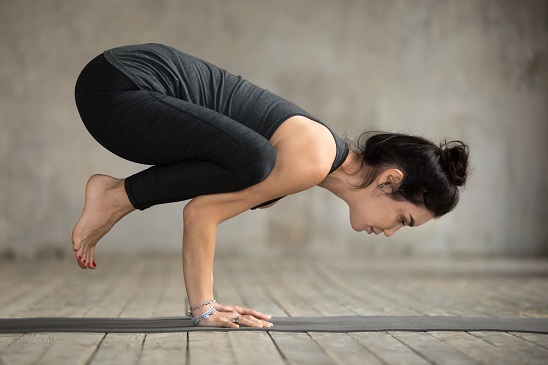
Benefits Of Bakasana (Benefits Of Crow Pose)
Let’s discuss Bakasana benefits (crow pose benefits) in detail:
1. Physical Benefits
- Strengthens your wrists, arms, abdomen, and shoulders.
- It also benefits the nervous system and strengthens the core.
- Opens the groins and tones the abdominal organs.
- Increases the flexibility of the body and strengthens the back.
2. Psychological Benefits
Concentration benefits immensely, as Bakasana provides mental and spiritual balance that is unique.
- This asana also reduces depression and increases mindfulness and introspection.
- It allows you to lose your fears and fly, since it is an aerial pose and enhances the spirit of birds.
- This asana also reduces anxiety and inhibition.
3. Mystical Benefits
Bakasana also nurtures concentration, focuses on the present, and creates mindfulness. Memory power is also stimulated, which happens owing to the focus. The power of acceptance and grasping abilities becomes manifold. This happens because Bakasana increases endurance capacity in its practitioner. This asana is also very good for building the power of courage and willpower.
4. Spiritual Benefits
One of the important powers of the Crow is not to fear the change. When you need to acquire the “Higher Perspective” by eliminating the dark shadows in your life to experience the Deep Transformation, be the Higher Self, a good human being, and loyal towards the truth, and call the Crow power for encouragement. Bakasana helps one to achieve equilibrium in life by the simple practice of being airborne for a short period of time. It also strengthens and stimulates the following chakras: Manipura, Swadhistana, and Sahasrara.
Read More – Bakasana Beyond Basics: Exploring Crow Pose and its Variations
Contraindications
Though it is highly beneficial, you must avoid doing the Bakasana if you have
- Carpal tunnel syndrome.
- A current or chronic wrist pain
- Heart Problems
Pregnant women must keep away from this asana.
Conclusion
Begin your journey of self-discovery through Bakasana, the Crow Pose, as you connect with your physical, mental, and psychic powers. This pose is a cornerstone in our 200 Hour Yoga TTC in Rishikesh, offering profound insights into the practice. Whether you’re a beginner or advancing your skills, our programs, including the 100 Hours Yoga Teacher Training in Rishikesh, 300 Hour Yoga Teacher Training Rishikesh, and 500 Hour Yoga Teacher Training in Rishikesh, at a distinguished yoga school in Rishikesh, will help you unlock your transformative potential.


